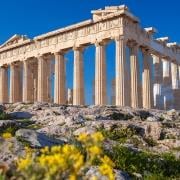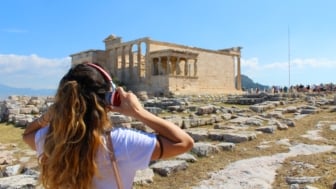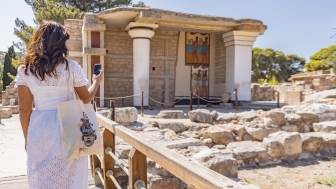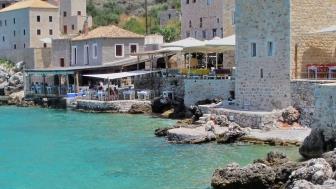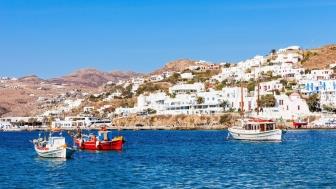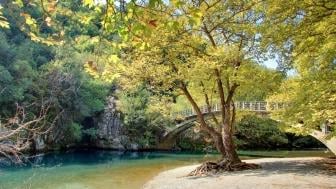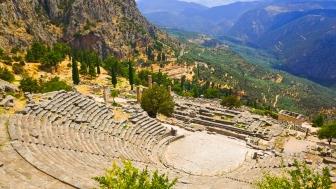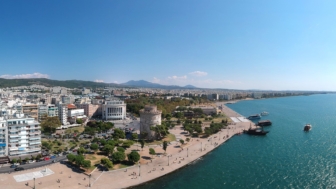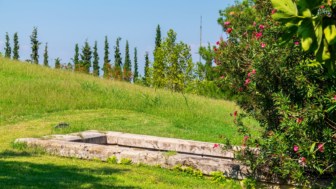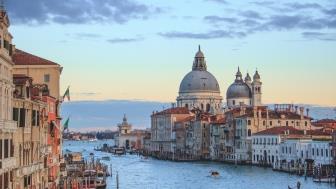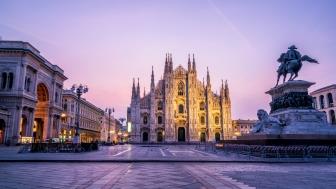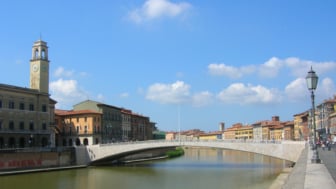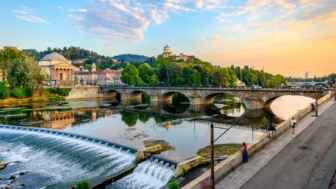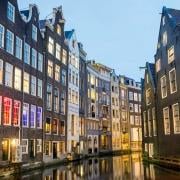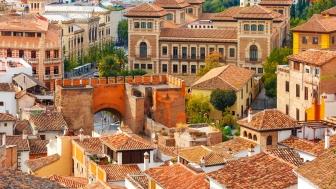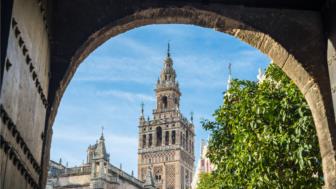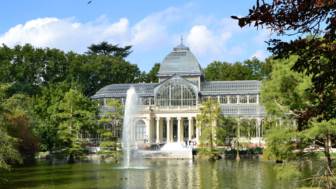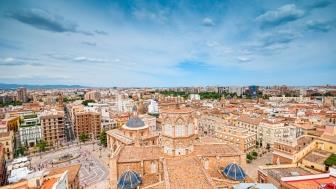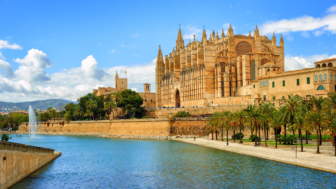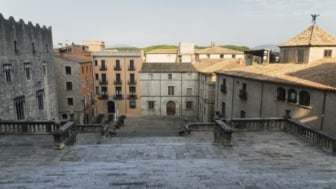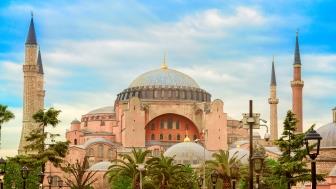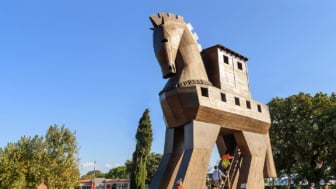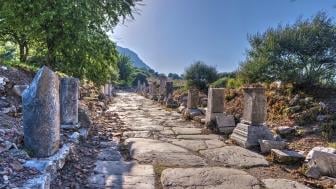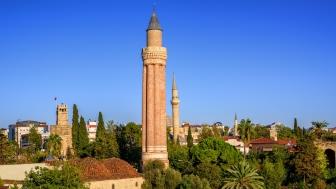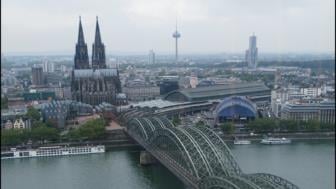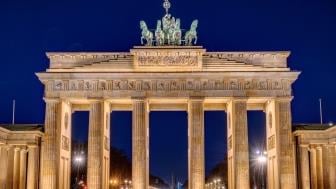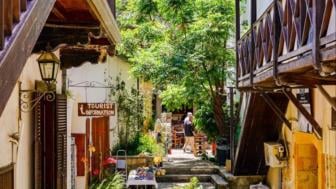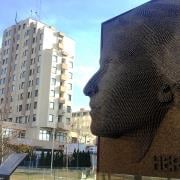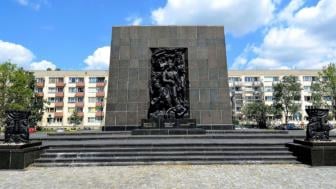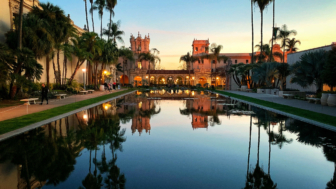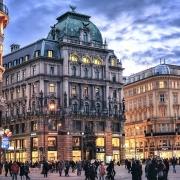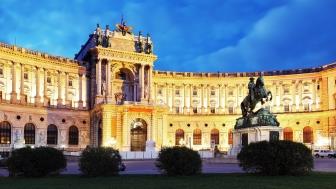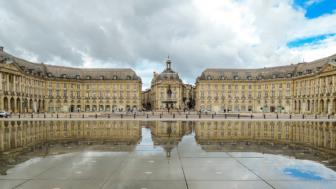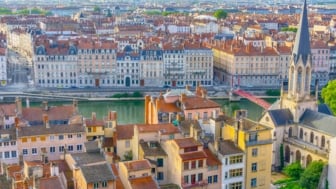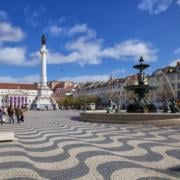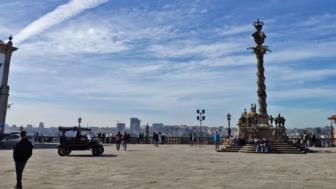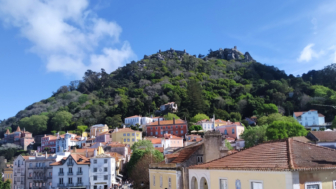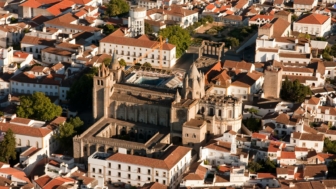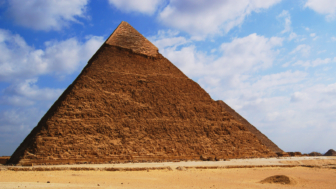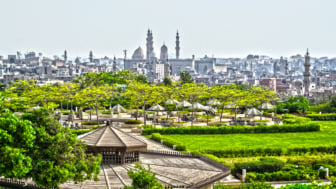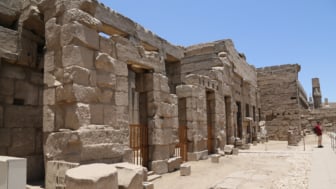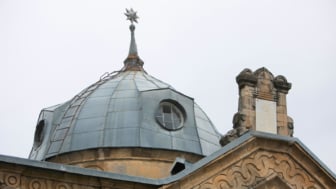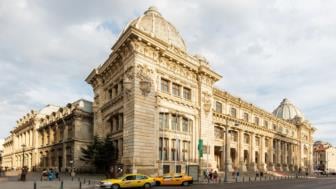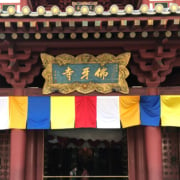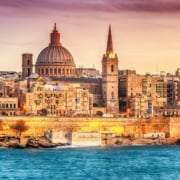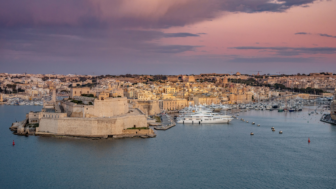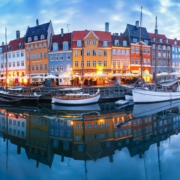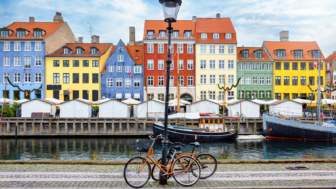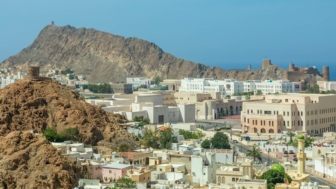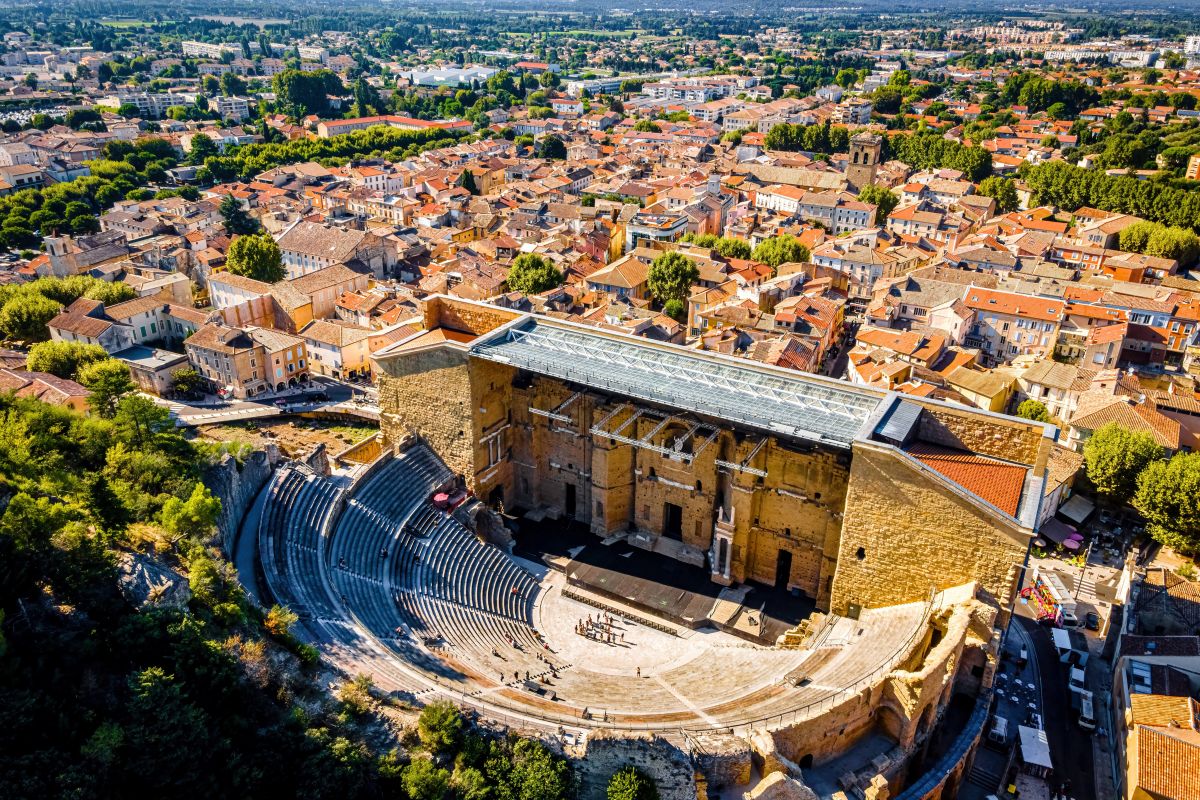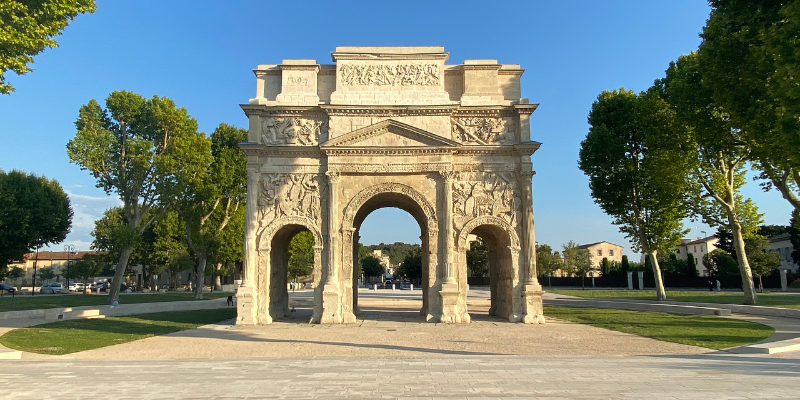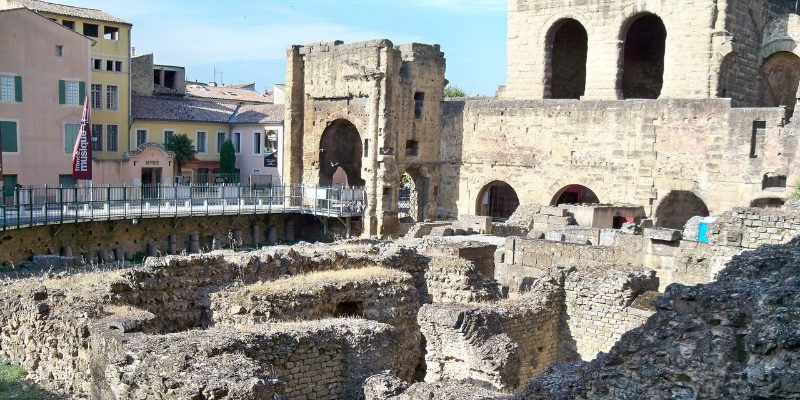There is always something quite extraordinary about having the opportunity to experience the true essence of a place. France is a marvelous country full to the brim with outstanding attractions. Millions of visitors flock to its famous cities, châteaux, and natural wonders. This flood of tourists can often inundate a destination and leave you looking frantically for a bit of breathing room and the chance to enjoy French history and culture away from the hordes of sightseers.
Orange is a relatively small town on the shores of the Meyne River. Most visitors converge on nearby Avignon, whose ancient city centre and association with the medieval papacy serve as powerful magnets. As a result, Orange preserves its laid-back character and enchants its guests with its monumental architecture, beautiful stories, and splendid Frenchness. We could talk about Orange for hours, but offering four snapshots as an appetizer to a town as sweet and juicy as a glass of fresh orange juice would be more productive.
The Triumphal Arch
Nobody doubts that the Romans knew how to celebrate triumphs. What a great honour to receive permission to erect a triumphal arch spanning a fashionable street, meaning everyone in town would forever remember your success. The Roman author Pliny the Elder (23/24 – 79 CE) left no doubt about it; the arch was meant to elevate whoever built it above the ordinary and mundane world. The Roman Empire was full of these triumphal structures (the city of Rome had thirty-six), but relatively few were triple-arched like the one in Orange.
When it was built (sometime in the early first century CE), it would have created a sensation with the bright colours and bronze accoutrements adorning the battle scenes depicting Roman victories over the Gauls and the Germans. Later generations were less respectful, removing the bronze parts and using the sculptures as shooting targets. Nevertheless, the triumphal arch of Orange remains the oldest and best-preserved triple-arched Roman structure in the world.
The Roman Theatre
The Romans were fond of spectacles (gladiatorial games, anyone?), but unlike most modern Olympic Games organising committees, they were reluctant to build permanent structures to hold them. Whenever the need arose, they simply created a temporary arena or a theatre in a public space. The fleeting nature of these constructions did not mean that ambitious politicians spared expenses to provide the best.
Marcus Aemilius Scaurus, a politician of the Late Republic who knew how to impress his audience, created a theatre described as “the greatest work of all those that human hands had ever made.” It had three stories supported by 360 columns. He used marble for the lowest level, glass for the middle (an unheard-of-luxury), and gilded planks for the highest. Three thousand bronze statues were arranged between the columns, while the equipment included cloth of gold and elaborately painted panels. Scaurus invested over thirty million sestertii (an almost mythical sum) on a theatre designed to accommodate 80,000 spectators for a few days!
The citizens of Orange could not claim an equally extravagant construction, but their theatre was definitely among the most spectacular in the Western Roman world. It still is since it survives in excellent condition. There was room for seven thousand spectators (70% of the town’s population) who enjoyed performances of pantomime, masked improvised farces, poetry readings, and mimes against a façade richly adorned with mosaics, statues in niches, columns, and friezes. Most impressive among them must have been the statue of Apollo, the god of light, a favourite of the early Roman emperors, as a symbol of a new age of peace (the original has been lost; archaeologists replaced it with a marble figure of a Roman emperor).
Princes of Nassau’s château
France is awash in châteaux (castles), with over 45,000 dotting the French countryside and cities. Since the average human spends approximately 29,000 days on Earth, you would be hard-pressed to visit all of them in your lifetime. With such an abundance of choices, you might wonder what makes the Princes of Nassau’s château in Orange worthy of the hike up Saint Eutropius Hill, especially when we take into consideration the ruinous state of the once formidable princely residence (once considered one of the most beautiful castles in Provence).
The simple answer is the spectacular view. On a clear day, you can enjoy unimpeded views of a vast expanse of the French countryside, a bird’s eye view of the city of Orange, and the magnificent Roman theatre. Defense and protection against bands of marauders are of little concern nowadays, so you are perfectly justified in ignoring these aspects of the hill. However, many centuries ago, when the princes of Baux, rulers of Orange, reinforced a preexisting tower and restored the city’s ramparts, incorporating the remains of sturdy Roman ruins at the bottom of the hill, deterrence was paramount.
Their efforts proved inadequate amidst the violence of the Wars of Religion (1562-1598). The princes of Baux lost much, including their right to rule Orange, which passed to the hands of William the Silent count of Nassau. Southern France was not to his taste, so he did little to leave a mark on the city. On the other hand, his son, Maurice of Nassau (1567-1625), loved the area and ordered his engineers to turn the old tower into a magnificent château with enough space to accommodate ten thousand men in times of war. Unfortunately, his ambition flourished at the wrong time. Within a few decades of his passing, the French rulers could no longer tolerate independent princes within their kingdom, so in 1672, Louis XIV ordered the château’s demolition.
The coat of arms
Orange had many powerful rulers who were confident of immortality in their deeds and material possessions. Nothing remains of them. Their mighty châteaux and palaces fell to pieces, and the borders of the principality they fought so hard to defend and glorify vanished without a trace. However, their memory lingers in the most unlikely place.
William of Gellone (c. 755 – 812 or 814) was popularly known as Fièrebrace (Fierce or Strong Arm) or Guillaume au Court-nez (William the Short-Nosed), the latter name arising from a supposed battle with a giant. In real life, he was fierce and willing to fight for a noble cause, repeatedly defeating Muslim forces attempting to conquer southern France. His martial prowess endeared him to Charlemagne, his cousin, who offered him Orange as a reward for his services in the wars against the Muslims. Incidentally, Charlemagne also gave him a piece of the True Cross, which William promptly donated to the abbey in Gellone, which he founded after retiring from the army.
William had a wonderful life in reality and romance, being the subject of many popular French epic poems (chansons de geste). He is also a pivotal character in Orange. According to legend, when he died, the bells at Orange rang on their own accord in mourning. However, a wordplay embedded him in local history and folklore. His nickname (Guillaume au Court-nez) sounded like William the Horn (Guillaume au Cornet). He used this convenient fact to adopt a bugle horn on his coat of arms. Over three centuries after his passing, the city received a coat of arms (late 12th century) and used William’s blue bugle horn over three oranges. Surprisingly, the fruit was simply conflated with the city’s name and carried no profound meaning.


